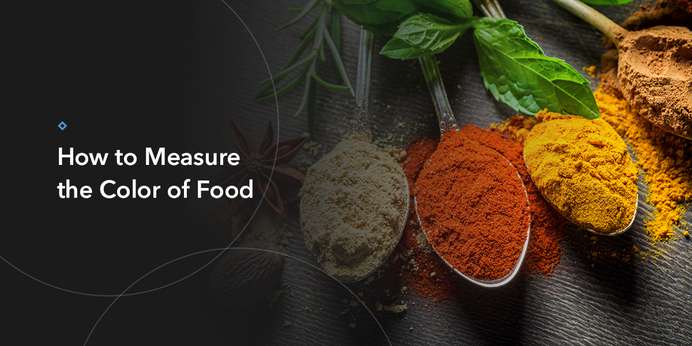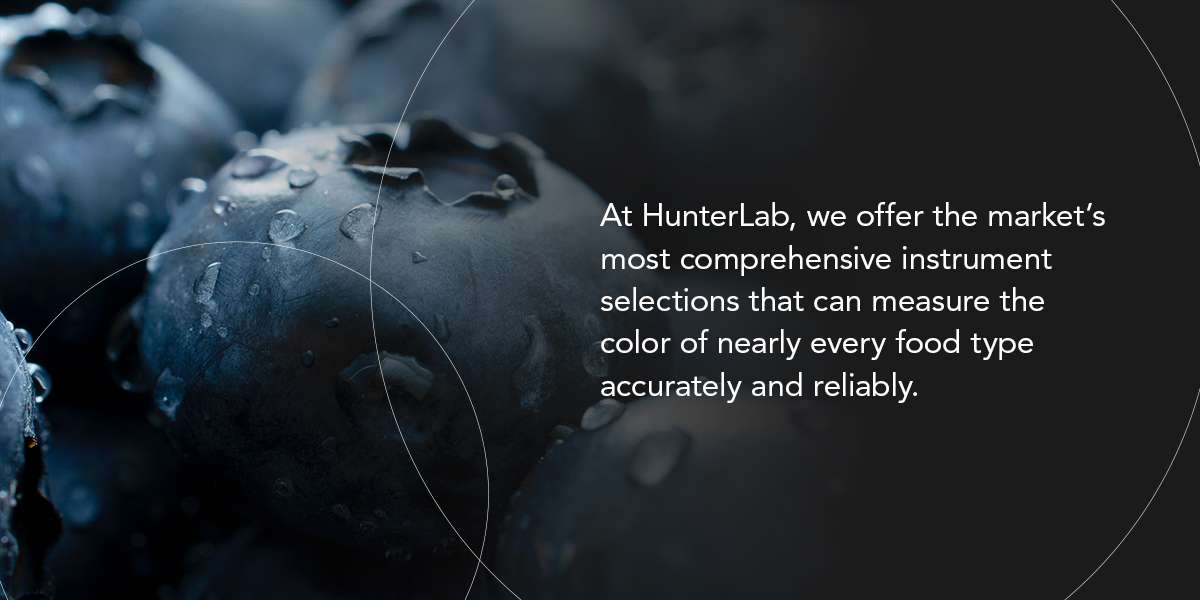
Because color greatly influences a consumer’s preference and choice in food products, maintaining precise consistency is vital. Food color directly correlates with the biological, chemical and physical changes food undergoes during growth, maturation, post-harvest and processing. Measuring color in food is one of the fastest and most accurate forms of quality control because it’s simpler and quicker and applies indirectly to other critical product characteristics.


